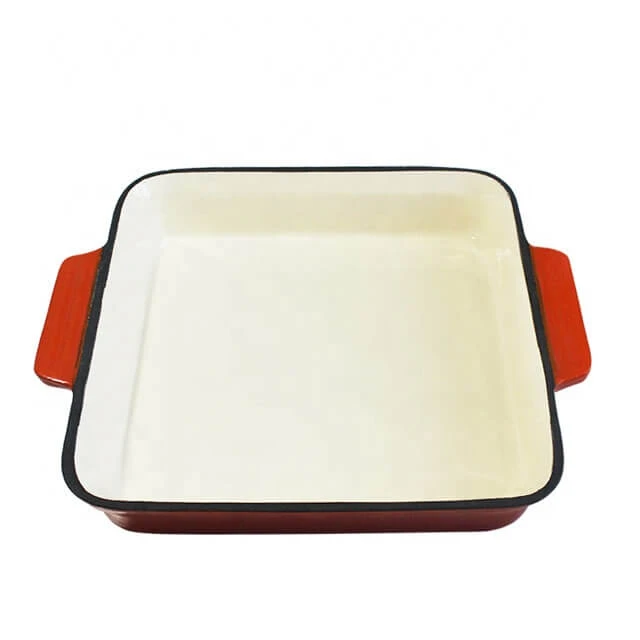
single egg cast iron skillet
The Perfect Recipe for a Single Egg in a Cast Iron Skillet
When it comes to cooking an egg, few tools are as versatile and reliable as a cast iron skillet. This timeless cookware not only provides excellent heat retention but also imparts a unique flavor that can elevate even the simplest of meals. Today, we'll explore how to prepare the perfect single egg in a cast iron skillet, making use of its natural non-stick properties and even heat distribution.
Preparing Your Skillet
Before you dive into cooking, it’s essential to prepare your cast iron skillet properly. If you're using a well-seasoned skillet, you're in luck! A well-maintained skillet has a natural non-stick surface, which is ideal for cooking eggs. However, if your skillet hasn't been used in a while, give it a good clean and re-season it with a thin layer of vegetable oil. Preheat your skillet over low to medium heat for a few minutes, allowing it to warm evenly.
Choosing the Right Egg
Next, you’ll want to select a fresh egg. Freshness is key when it comes to eggs; a fresher egg will have a firmer white and a vibrant yolk. Whether you prefer a classic chicken egg or a more adventurous option like quail or duck eggs, the technique remains largely the same.
Cooking the Egg
single egg cast iron skillet

Once your skillet is heated, add a small pat of butter or a splash of oil—this will enhance flavor and ensure a smooth cooking process. Allow the fat to melt and coat the bottom of the skillet evenly. Crack the egg carefully, minimizing the chances of shell fragments landing in the pan, and gently slide it into the skillet.
For a perfect fried egg, you can cover the skillet with a lid for about a minute or so. This traps steam and cooks the top of the egg without flipping, resulting in a tender white and a deliciously runny yolk. If you prefer your yolk cooked through, leave it uncovered and allow the egg to cook for a few more minutes.
Serving Suggestions
Once your egg reaches your desired doneness, it’s time to serve! Gently slide the egg onto a plate with a spatula. Season with salt and pepper to taste, and consider adding herbs like chives or parsley for a burst of freshness.
This single egg cooked in a cast iron skillet opens the door to numerous serving possibilities. Pair it with toast, toss it on a salad, or serve it atop a bed of sautéed greens.
Conclusion
Cooking a single egg in a cast iron skillet is not only a quick and easy meal but also a delightful culinary experience. The combination of heat retention, flavor enhancement, and ease of use makes the cast iron skillet an indispensable tool in any kitchen. Whether you're enjoying breakfast, lunch, or a late-night snack, mastering this simple technique will surely impress friends and family alike. Happy cooking!
-
Season Cast Iron Perfectly with GPT-4 Turbo TipsNewsAug.01,2025
-
High Quality Cast Iron Cookware - Baixiang County Zhongda MachineryNewsAug.01,2025
-
Premium Cast Iron Pan: Durable & Perfect HeatNewsAug.01,2025
-
High Quality Kitchen Durable Black Round Cast Iron Cookware Pancake Crepe Pan-Baixiang County Zhongda Machinery Manufacturing Co., Ltd.NewsAug.01,2025
-
Cast Iron Cookware - Baixiang County Zhongda Machinery | Nonstick, Heat ResistanceNewsAug.01,2025
-
High Quality Kitchen Durable Black Round Cast Iron Cookware - Baixiang County Zhongda Machinery | Non-Stick, Heat Retention, DurableNewsJul.31,2025


